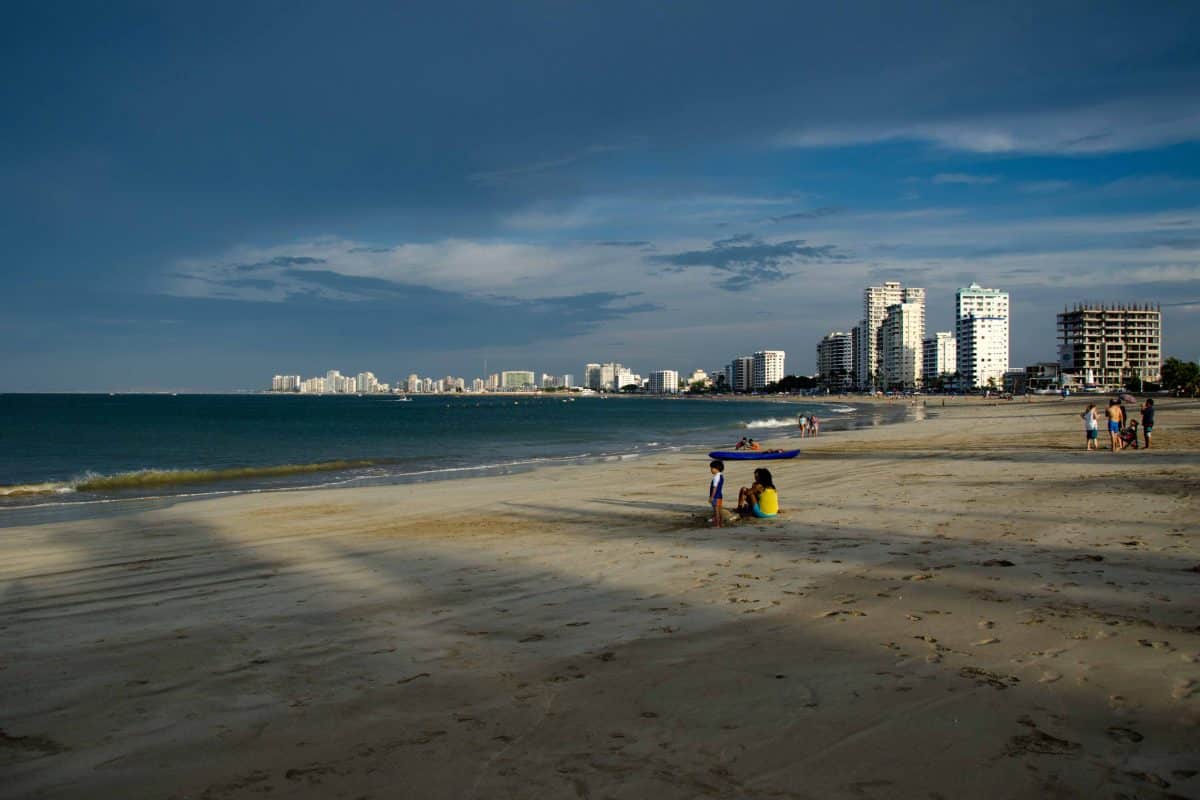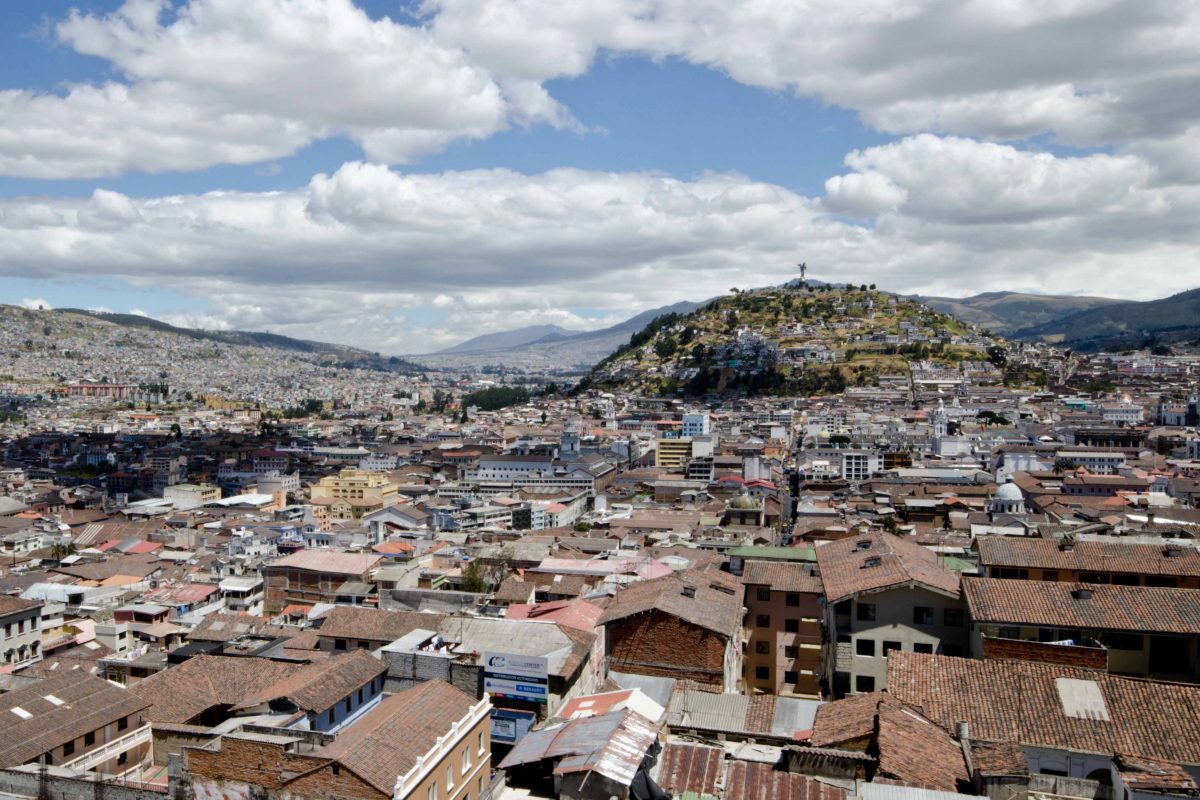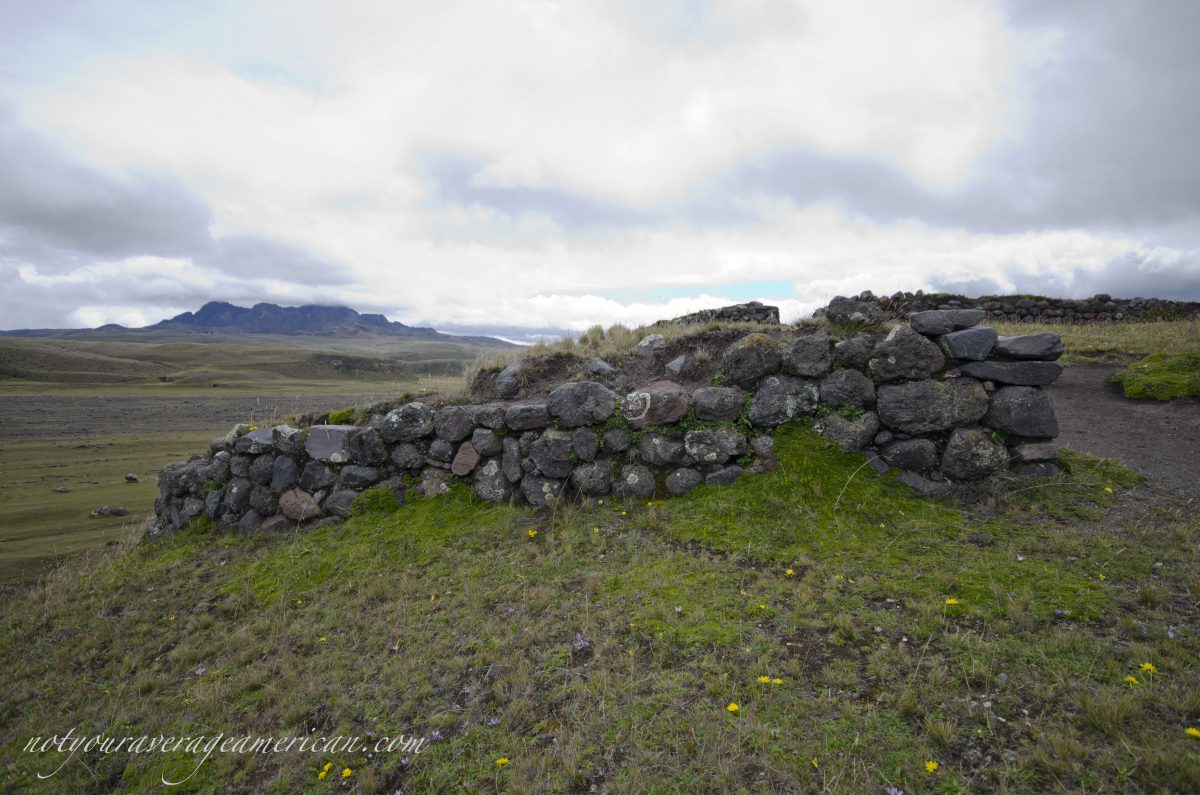As responsible travelers evolve, so do the stories we share.
This article is part of our living archive — trusted content we continue to care for.
First published on September 29, 2025 • Last updated on September 29, 2025.
When our US clients use their personalized itineraries to head to Ecuador, they travel with a list of recommendations for making their trip safe and memorable. Those recommendations begin with a list of things to do BEFORE they ever arrive in Ecuador. Here is the advice we impart before they go!
The Best Trips Start With Excellent Planning
This Ecuador pre-trip list should help you avoid making simple mistakes. For example, a big rookie error is to show up at the airport with a passport that is almost full of entrance and exit stamps. It happens more often than you think, especially as Americans have become so comfortable heading overseas for short vacations.
Therefore, make sure your passport is not due to expire within 6 months of your trip. Furthermore, make sure that it has two blank pages, one for your entrance stamp and one for your exit stamp. If you are traveling to other countries on this same trip, take that into account! You will need pages for those entrances and exits as well.
Be forewarned – the Galapagos Islands are a part of Ecuador and you do not need a blank page for Galapagos entrance or exit stamps. For more information, visit the US State Department page for Ecuador.
While you are visiting the US State Department website, take the time to enroll with the State Department Smart Traveler Enrollment Program (STEP). If there is a natural disaster or another emergency in Ecuador while you are traveling, the US Embassy in Quito will send notifications to you.
Travel Safely in Ecuador
While we have written some great articles on safety in Ecuador, here is a condensed list of steps you should take to protect yourself while traveling in Ecuador (and other Andean nations). Remember, these suggestions are not meant to scare you. We hope that a little guidance prepares you for your trip. Purchasing the right equipment and gear before you go can help make you less of a target for petty theft.
- Backpacks and baggage – bring items that are easily identifiable. Attach your name and contact information with a strong cord. While no one has ever tried to walk out of the airport with our luggage, black bags that look like all other black bags are easily taken.
- Daypacks or bags – we highly recommend ditching a day-pack that looks like a regular backpack. In cities, they are easy to steal from. A common tactic of many thieves, especially in crowded situations, is to cut the bottom of the bag and have the contents drop into a waiting sack. We’ve also seen cellphones easily stolen from side pockets. We recommend carrying a bag that can be worn across the body. That way you can choose to sling it in front or behind depending on the circumstances.
- Prepare a throwaway wallet before your trip. It’s a wallet with old, expired debit and credit cards, maybe an old driver’s license or student ID, and a small amount of cash – around $40 to make it look realistic. If you are asked to give up a wallet, hand this one instead of your own. We also recommend that you leave your actual debit and credit cards in a safe place in the hotel unless you know you will need to use them. Cash is king in most of Ecuador anyway.
If you want to read more:
- The Three B’s of Safe Travel in South America
- The Three Knows of Backcountry Travel in South America
- Touring Safely in Quito (also applies to other big, South American cities)
Adding Apps To Your Cellphone
While we have written a full article on adding apps to your phone before you travel, here is a condensed list of the most useful apps out there.
Add WhatsApp to your cell phone. This app allows you to text Ecuadorians using basic internet access. You can also use it to call back to the United States as long as your US contacts also have WhatsApp on their phones. Make sure to include all phone numbers with a + sign and international code (+593 for Ecuador and +1 for the US). We also have our clients add my personal WhatsApp number to their phones so that they can ask questions on the go. It’s so much faster than sending an email!
We use Uber in Quito and other large cities. It is safer than flagging down a taxi. Be sure to run on the option that requires your driver to enter the code you give them for an added level of security. If you do not want to use Uber, ask your hotel about the latest taxi app (Cabify was once popular but is no longer available) or talk to your host about their recommended drivers for the area. Once you have a few taxi drivers on your safe list, they are often easy to contact via WhatsApp, especially for day trips just outside of Quito.
Bringing the Right Kind of Cash to Ecuador
Fortunately, Ecuadorians use the US$ so you won’t need to make a special trip to a bank that sells foreign currency. However, you will want to bring cash. Most Ecuadorian businesses will prefer cash to taking a debit or credit card. Large hotels and many big-city restaurants are the exceptions. Otherwise, most establishments will request cash.
For restaurants, taxis, and small purchases, we recommend bringing $5 and $10 bills and consider bringing one roll of $1 coins. Remember, a $20 bill is considered large and is often difficult for a vendor to break. Some ATM machines dispense a combination of $10 and $20 bills, especially outside of Quito and Guayaquil. If you are staying in a smaller village, however, ATM machines sometimes do not work with US-issued debit cards. Be prepared to carry cash (and maybe wear a money belt) if traveling off the beaten path.
If you want to read more, check out our articles Let’s Talk Money in Ecuador and Guidelines for Tipping in Ecuador.
Health and Travel Insurance
Double-check that your health insurance covers you while traveling. If not, the law says you will need to purchase travel health insurance for your entry to Ecuador. However, immigration does not check as they cannot figure out a system to confirm health insurance coverage in other countries. If you want to be extra sure, print a copy of your health insurance card for immigration.
If you want to cover your trip with travel insurance, the time to buy it is when you purchase your airline tickets. If you want other trip expenses covered, most policies offer increasingly expensive options to cover trip cancellations for any reason. Since the pandemic, we highly recommend purchasing some kind of travel insurance to protect your purchase. For this reason, we have partnered with a couple of different providers so that you can requests quotes and make an informed decision:
- Wanderwell, a Portland-based travel insurance company and B-Corp
- World Nomads, another great travel insurance company with solid reputation
If you make more than a couple of trips more than 100 miles from your home a year, you may want to consider becoming a member of Global Rescue. While originally aimed at adventure travelers, their medical coverage helps everyone out! If you break your leg scaling a mountain, experience problems with high altitude, or have any unexpected stomach issues, their team is there to offer support and evacuation if necessary. And they have additional coverage for natural disasters or political unrest. We became members this year and have appreciated their security alerts and ability to check in while on the road in remote destinations in Ecuador and Peru. We like that we can also use their services if we find ourselves injured while hiking or camping more than 100 miles from home.
Before Your Trip: Galapagos Specific
If you are traveling to the Galapagos, you might be asked to pre-register. Unfortunately, the Ecuadorian government website is not secure. Don’t worry. If you don’t register beforehand, you will need a few extra minutes at the airport in Quito or Guayaquil. More detailed info is below.
You will need cash for your entrance fees to the Galapagos Islands: $120 in total. You CANNOT pay with a debit or credit card. CASH ONLY.
There are plenty of ATMs available in Puerto Ayora on Santa Cruz Island. Our favorite ATM is on Avenida Charles Darwin in between Tomas Berlanga and Charles Binford along the waterside of the street. It usually dispenses $10 and $20 bills. Next to it is a paved sidewalk that heads between two buildings. At the end of the sidewalk is a pretty little spot to view the bay and to take photos of some of the tiny marine iguanas who like to sunbathe on the small patio.
There are also ATMs available in Puerto Baquerizo Moreno on San Cristobal Island.
However, THERE ARE NO ATMS on Isabela Island. Not even in Puerto Villamil. You will need to take cash for all purchases. This is the biggest downside of staying on Isabela. If your hotel reservations are not paid in advance, be prepared to pay those in cash as well as few establishments accept credit cards.
If you are concerned about seasickness, please purchase patches or wrist bands before your trip. These items are hard to come by on the islands. Furthermore, while sunscreen and other pharmaceutical items are available on the islands, they are very expensive. We recommend purchasing those in the United States.
If you don’t want to use the agency mask, snorkel, or flippers, please purchase your own before your trip. Sometimes the snorkeling equipment at the dive shop is well-used. Purchasing these items in the Galapagos is expensive and the quality found in the local shops is poor.
In Conclusion
This Ecuador pre-trip list should help you plan for your best trip ever! If you think we missed some essential information, please let us know in the comments below!






















